Transnational Roundtable
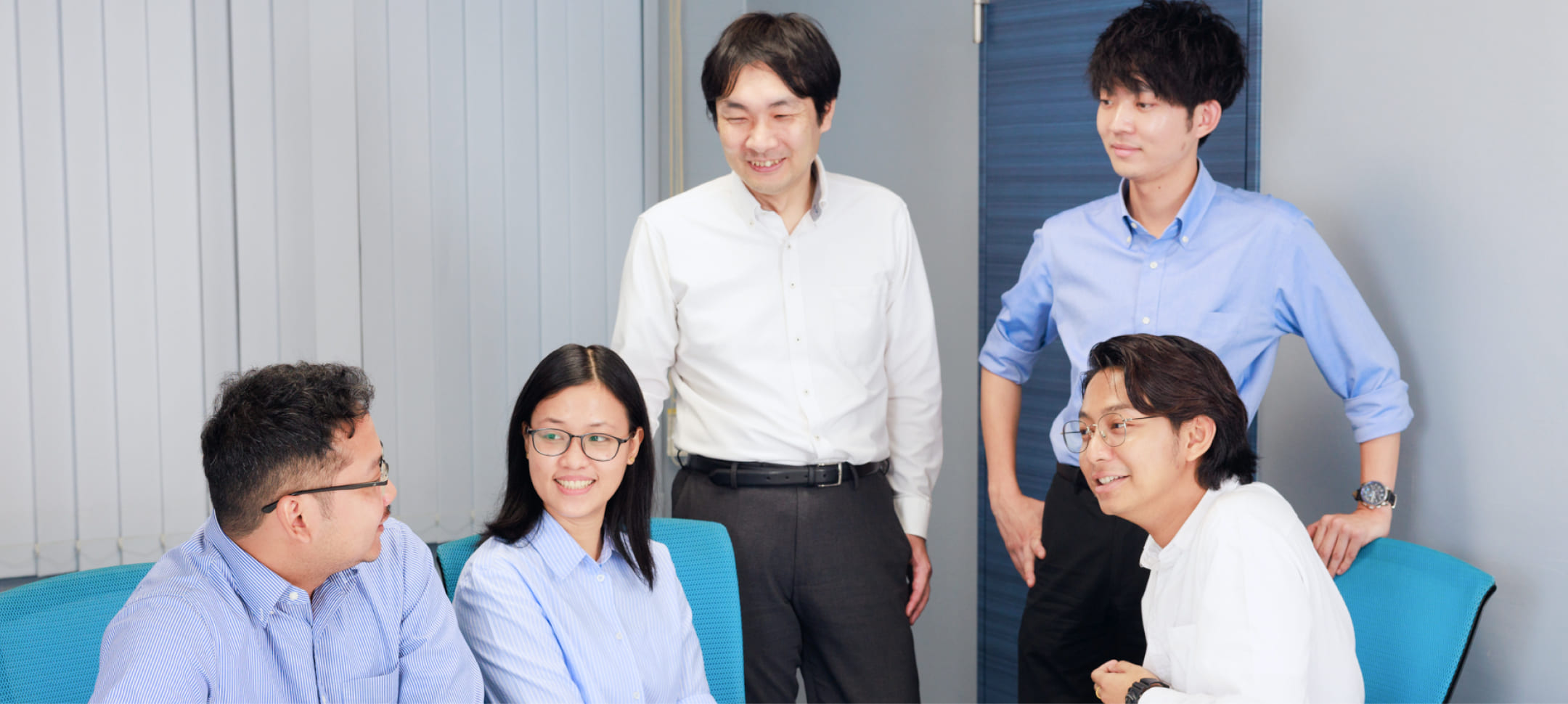
Developing products in consultation with all colleagues, taking on board cultures and opinions that differ from one's own: this is the SMK way of manufacturing
Ever since it embarked on overseas expansion in the 1970s, SMK has pursued transnational* management from an early stage, including the appointment of non-Japanese national board member. Even in manufacturing areas such as design, development takes place as a collaboration among staff of diverse nationalities involving frequent interactions with our International Division and others. We spoke about this development environment with staff hailing from Myanmar, Indonesia, and Japan.
Transnational: as an SMK concept, this means "global and borderless"
MEMBERS
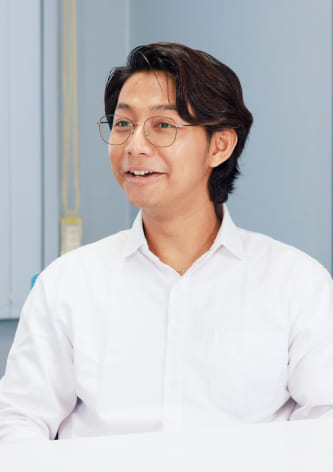
Y.A.
Myanmar national
Department of Mechanical Engineering
Graduate of Marine Mechanical Engineering
Joined as newly-grad in 2023
CS Division|Automotive Design Dept.|Tokyo Design Sec.
Designer of automotive USB Type-C connectors.
My current group has six employees, just one of whom is a foreign national. However, the CS Division Design Department overall has Indonesian and Chinese staff too. As for overseas subsidiaries, I often have dealings with the production division in China when I have a design that needs to be built.
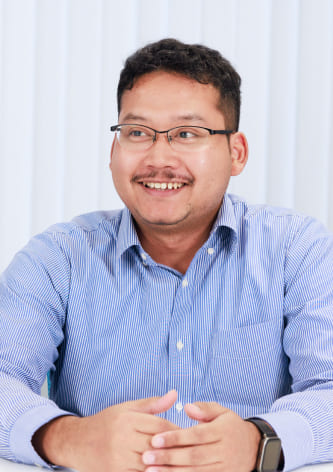
W.K.
Indonesia national
Department of Mechanical Engineering
Graduate of Mechanical Design Engineering
Joined as newly-grad in 2023
CS Division|Automotive Design Dept.|Tokyo Design Sec.
I design automotive coaxial connectors and am the only foreign national in a 12-strong group. As for overseas subsidiaries, I deal mainly with the production division in China, as well as with the sales departments in China and Taiwan.
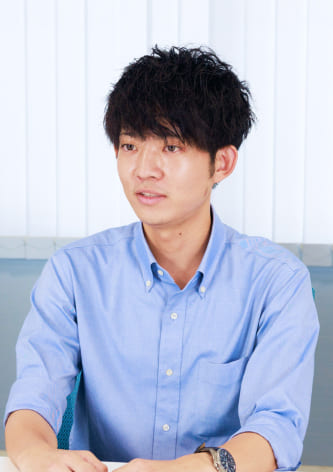
K.N.
Japan national
Technical college
Graduated in mechanical engineering
Joined as mid-career hire in 2023
CS Division|Automotive Design Dept.|Tokyo Design Sec.
I joined SMK after a previous job at an X-ray measuring equipment manufacturer, where I was in charge of pre-shipment inspection and maintenance. I currently design automotive camera connectors for rear case. There are five people in the group, all of whom are Japanese.
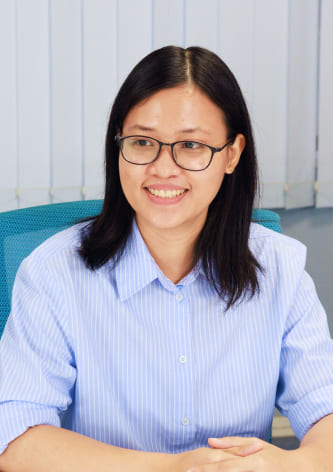
K.H.
Myanmar national
Department of Mechanical Engineering
Graduate of Marine Mechanical Engineering
Joined as newly-grad in 2023
CS Division|Advanced DX & EX Design Dept.|Tokyo Design Sec.
This is a division that designs a wide range of products from consumer goods components to industrial equipment parts. I conduct evaluation testing of products such as micro-USBs and connectors used in e-bikes. Of nearly 20 members, there are three employees from Myanmar and China in addition to the Japanese.
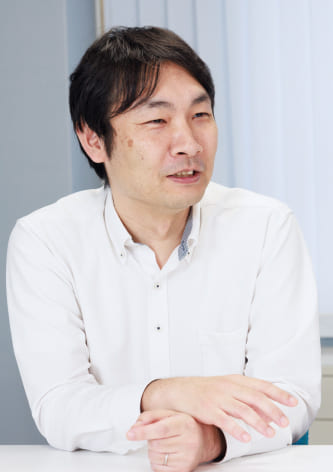
K.K.
Japan national
Graduate School of Engineering
Department of Applied Physics
Master's degree
Joined as newly-grad in 2002
CS Division|Advanced DX & EX Design Dept.|Tokyo Design Sec.|Senior staff
I work in the same department and group as K.H. I design USB connectors for e-bikes and solar panels, interfaces for HDMI and more. As a senior staff, I lead the group and also work on training the next generation.
CHAPTER 01
Relating to the vision. I want to take on the challenge of design.
Because we are a manufacturing company.
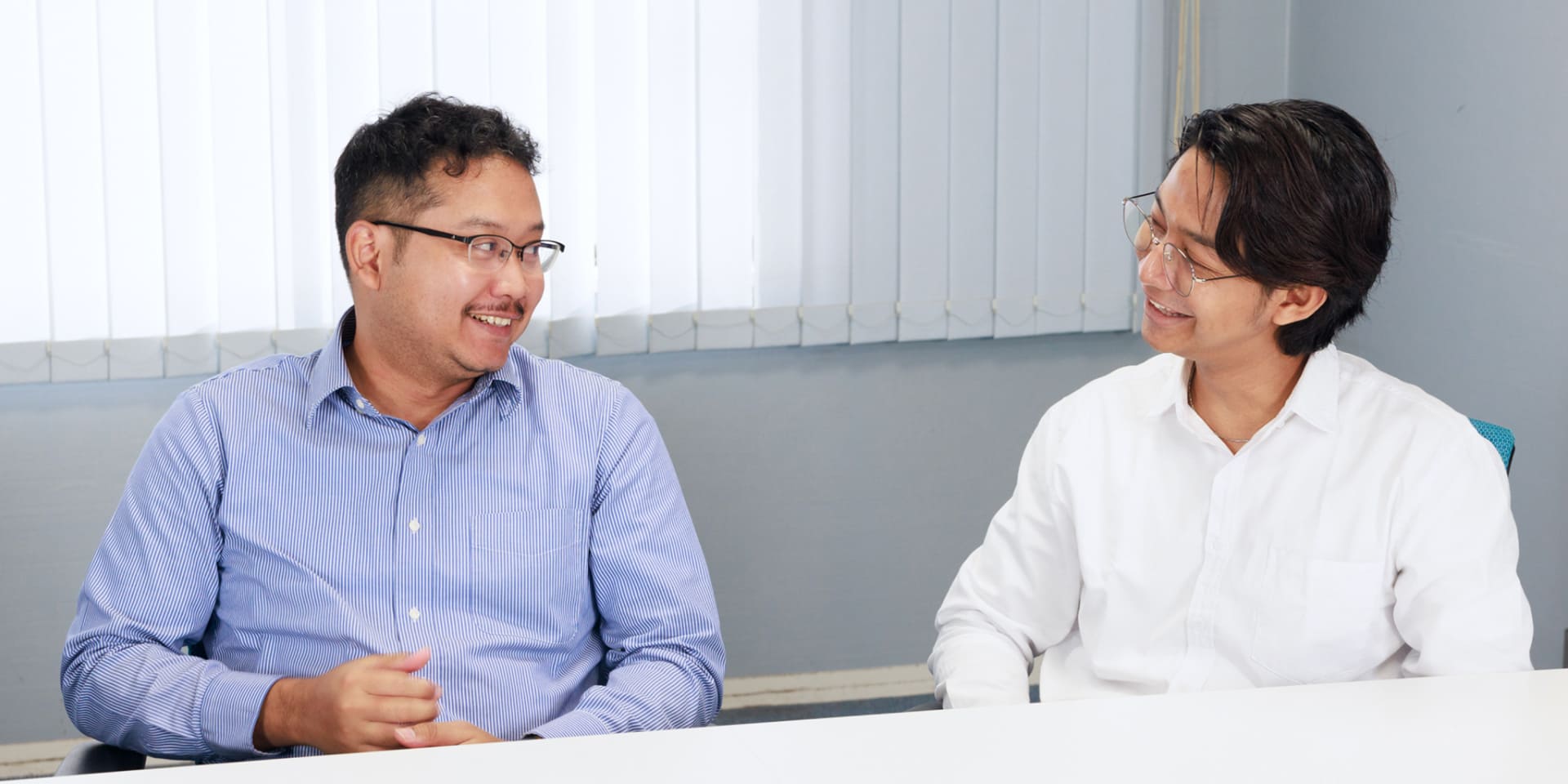
What motivated you to join SMK?
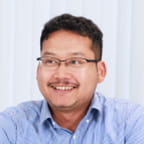
W.K.
I have always liked physics, and majored in mechanical engineering at university because I wanted to make things using physics. My job hunt was also focused on the field of physics as I wanted to be able to make use of the knowledge of mechanical engineering that I had studied. I had the impression that Japan was advanced in manufacturing technologies, so I looked for companies in Japan as well as in Indonesia. I chose SMK because I thought it would allow me to work in a global environment.
As for connectors, they are used in a variety of products, so I thought I could be involved in a wide range of markets and technologies. I also decided to join the company because as electronic devices continue to get smaller, I thought that I could take on this challenge through connectors.
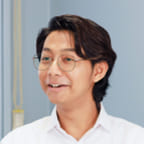
Y.A.
I have wanted to work in design since I was a child. I wanted to see the products I designed being used by people all over the world.
The main reason why I chose to work at a Japanese company was that my father loves sumo wrestling which meant I was familiar with Japan since childhood. One of the reasons I chose SMK was because I saw the vision of "CREATIVE CONNECTIVITY-Challenge, Creativity, Solutions" on the website. I related to their stance of creating new value.

K.H.
After graduating from university, I wanted to work in machinery and design. The number one reason why I decided to work for a Japanese company was because many seniors from my university were in Japan. The second reason is that Japan is more advanced than other countries, so I thought I could learn about all sorts of technologies.
SMK appealed to me because they are involved in the electronics inside our most familiar electronic devices. Though the components may be small, I chose SMK because I wanted my designs to go out into the world.
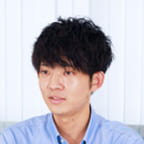
K.N.
My previous job was service engineer. I liked tinkering with machines and worked there for about two years, but I didn't like the work style of traveling somewhere different every week, so I started thinking about leaving the previous company. I am a technical college graduate and I liked making robots and other things, so when I was looking for a new job, I thought it would be good to try design.
However, even though I studied design during my student years, very few companies would hire someone with zero experience. I chose to join SMK because they told me, "We don't mind if you have no experience in designing connectors".
By the way, before I joined the company, I thought that the electrical and electronic elements of connectors were predominant. I was a mechanical engineering major, so I was a little worried about whether I would be able to catch up, but when I came to SMK, I found out that mechanical engineering elements were also important. My knowledge of mechanical engineering has been useful when it comes to machining methods, material selection, and drawing plans.
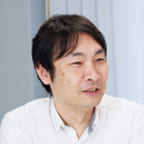
K.K.
My first condition for choosing a company was that it be a manufacturer. I was job hunting at a time when IT firms were in the ascendency, and many of my fellow students got jobs with them. However, I was more interested in making real things.
During the job search , I became interested in companies in the electronic components business, and while several companies offered me a position, I joined SMK because I felt a connection with it which offered me at first.
CHAPTER 02
A workplace full of laughter.
Many foreign staff who speak Japanese very well.
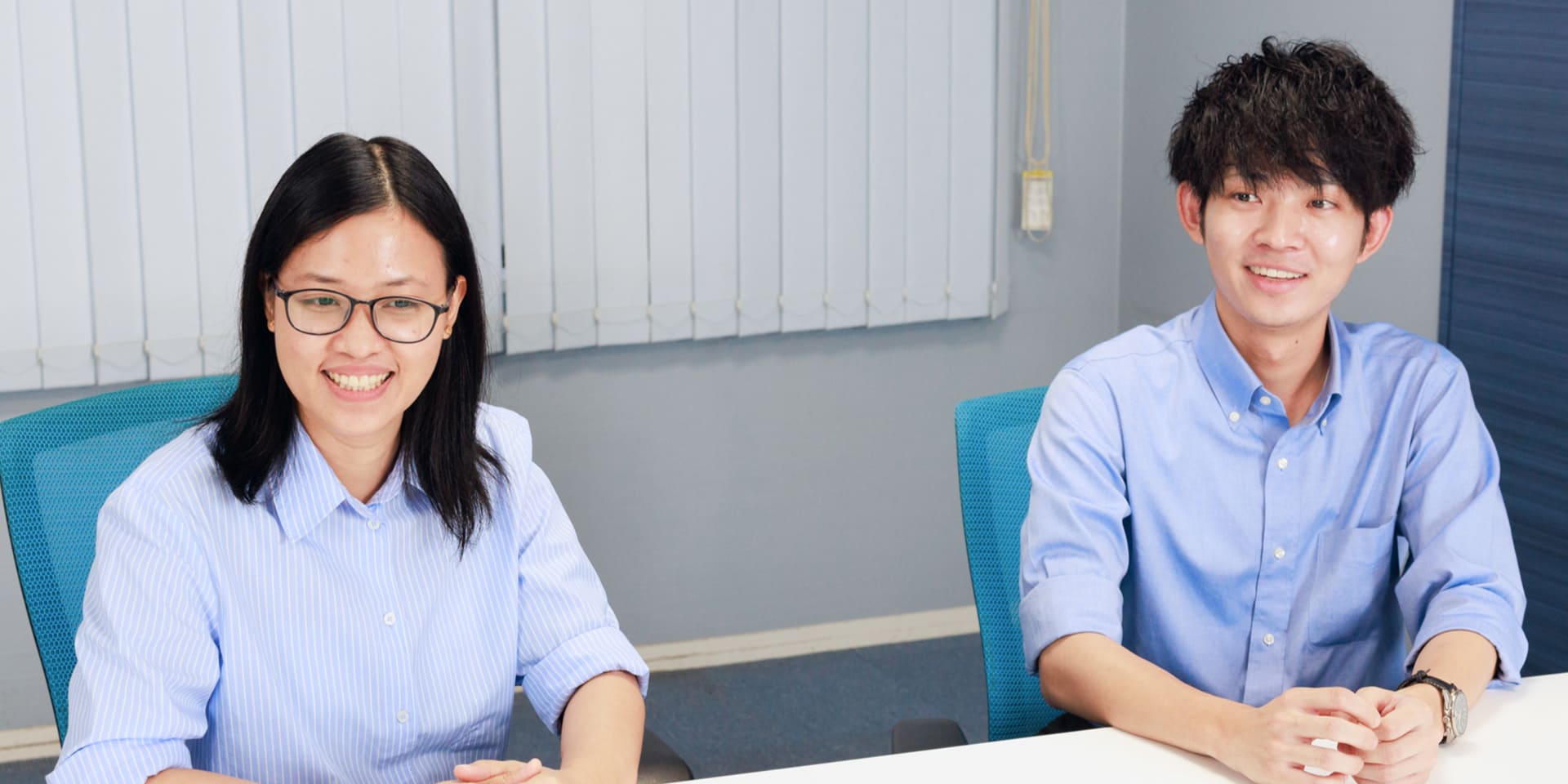
What sort of environment do you work in, and how is the communication?

Y.A.
Before coming to SMK, I thought it might be quite a strict atmosphere here. I imagined that given it is mainly men working here, there would not be much chat and you would just do your job. Actually, this was not the case. It is cheerful workplace and you can always hear laughter.

K.H.
At first I was quite nervous because there were not many women around and I thought it would be hard to talk to anyone. But there are mentors as well as an advice system that allows you to ask for advice on all manner of things. That is why I do not have any particular concerns about the workplace atmosphere.

K.K.
So far, I have worked with people from the United States and Taiwan. Everyone here is very good at Japanese, including my colleague K.H., but I did come across someone who did not speak much Japanese. We communicated in broken English and written notes.

K.N.
Foreign members speak to me in Japanese, which I am very grateful for, but for myself, I would like to get better at English.
In SMK design dept, sometimes we create presentations about what we have come up with in Japan to explain the logic and structure to an overseas company. At the moment, a local Japanese salesperson does the translation for us, but if possible I would like to gain the ability to present for myself. I feel this strongly when I am working.
CHAPTER 03
From opportunities to learn a language or a skill, to career training.
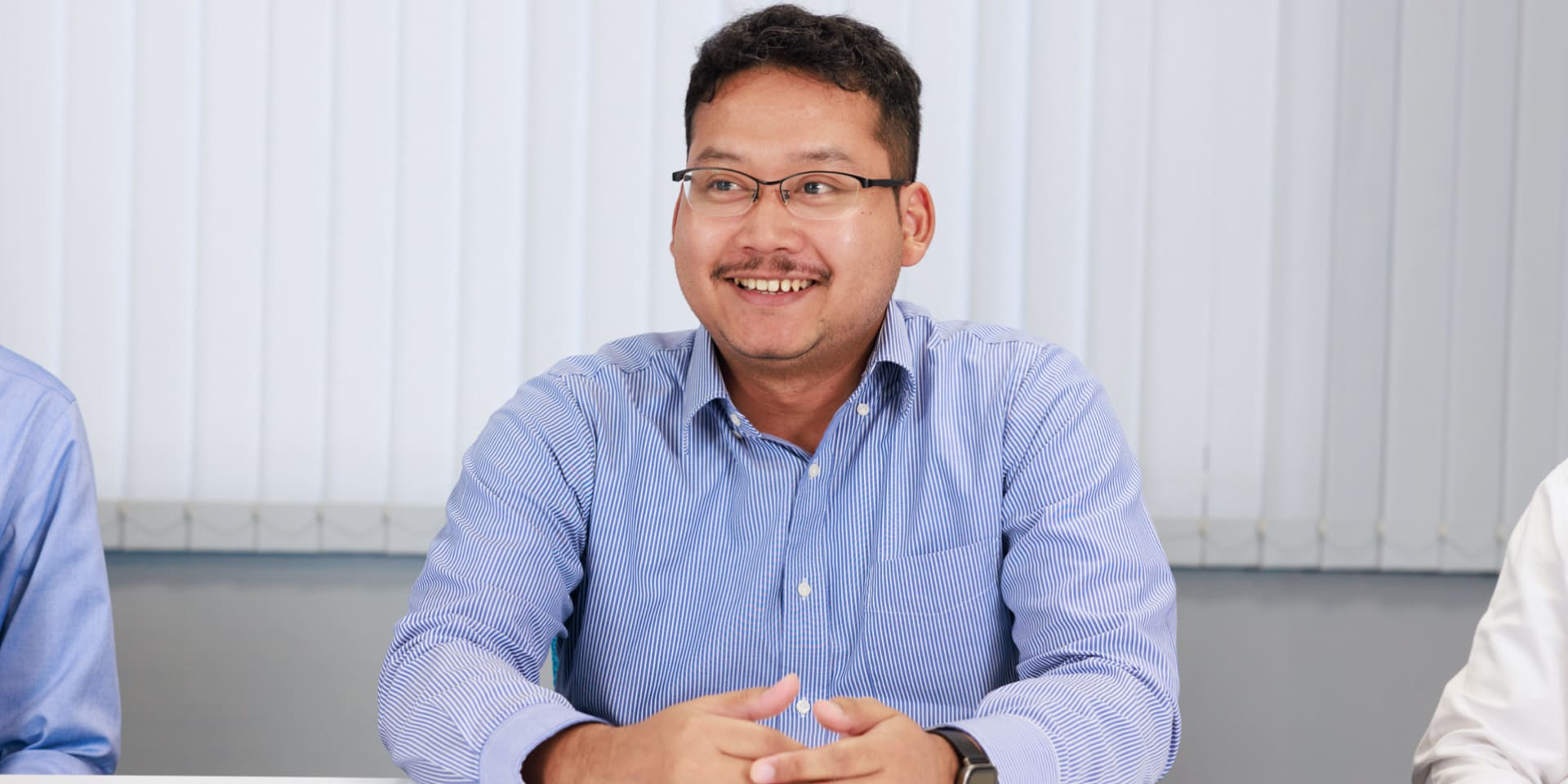
What sort of support do you get from the company for working?

K.N.
There are English and Chinese courses, and you even need a language score in promotion exams. So opportunities for study naturally come up.

K.K.
HR encourages us to take correspondence courses. You can take a class in a language or skill that interests you, and the company will provide a part subsidy for the fees.
There is even a support system to help you attend language school while working, you know. Once you have been working here for two months, you can study Japanese in real life on the job in the morning, then attend a language school in the afternoon.

W.K.
Yes, it has been very beneficial for me as a foreigner.
Otherwise – and your nationality does not matter – from the moment I joined this department, I have been able to study a lot of different things. For skills, they start with the simple basics before moving on to more detailed content, which really helped me.
I am Muslim, so I have to pray five times a day and even during working hours. The company made a place for me to do that. I am so grateful.

K.H.
Recently, I attended a young employee program. It involved discussion about how to approach the job in the future, how we should succeed in the company and so forth. It was very meaningful, as it was a chance to reflect on myself and how I had been doing things.

Y.A.
I also liked that program. We learned that we should view things that have accidentally happened before as opportunities, and we could think about our future careers. I felt that the support is not just for now but is going to continue in the future.
CHAPTER 04
"Bear in mind people from other countries, regions, and cultures and communicate simply and clearly"
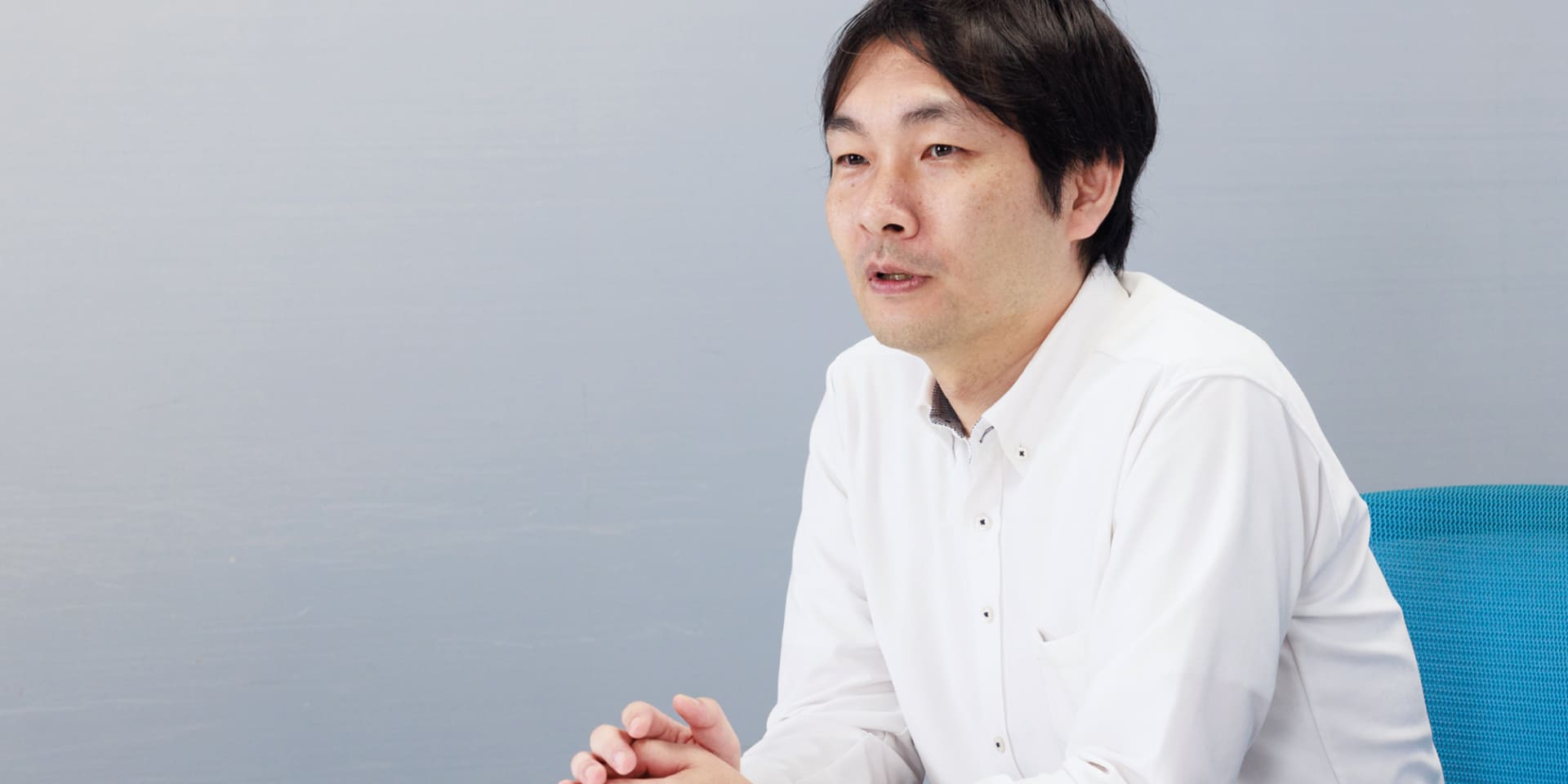
Do you feel in the course of your manufacturing work that there is anything unique to a transnational environment?

K.K.
Without realizing it, I feel the way I work and what I pay attention to is changing to adapt to the culture of the country or region.
For example, if it is a Japanese person, you can sort of guess what is being said, but this will not work for foreigners. That is why I take care with my words and prepare before communicating what I want to say.

K.N.
Yes. When making prototypes, Japanese manufacturers judge for themselves what needs to be paid attention to and what part of the process might prove difficult, and do more than the information found in the plans. However, this is not always the case for overseas companies. Sometimes, the end result turns out to be different from what the designer intended.
However, I think it would be better for the person who is communicating to change. That's why I try to create documents that communicate visually through diagrams, and not just with words - people from different cultures or who have no knowledge of the matter at all should be able to understand.
I've become conscious of clear communication,such as starting with the conclusion. This is something this company and environment have made me realize very strongly.

K.K.
Also, I do often sense national and cultural differences. For example, the Chinese manufacturing company is very nimble isn't it?

W.K.
Yes, I have the impression Chinese companies are always running. We receive orders from Chinese customers, so I think it might mean if there is an opportunity, they are going to act rapidly to make it happen. They jump into action, try a number of different methods, and make rapid course corrections. Something that would take one or two weeks in Japan seems like it would be done in a few days in China.
On the other hand, in Japan they are cautious and will say, "This is difficult and I would like some time". There are positives to both approaches. I think it is best to manufacture in a balanced way.
At the moment, as an Indonesian I work with Burmese, Japanese, and Chinese colleagues. I feel my horizons have broadened since before I joined SMK, when all of the people I interacted with were Indonesians, including my thinking and the way I see things. I also sense differences in mannerisms and attitudes, so I have become more aware of my own attitudes, words. and actions.

K.N.
It's not limited to being transnational. I feel that there are more opportunities to exchange opinions than in my previous job. We will discuss with each other and proceed with our work, flexibly accepting differing opinions. That is the environment we have here.
CHAPTER 05
If possible I would like to work in a more global setting overseas.
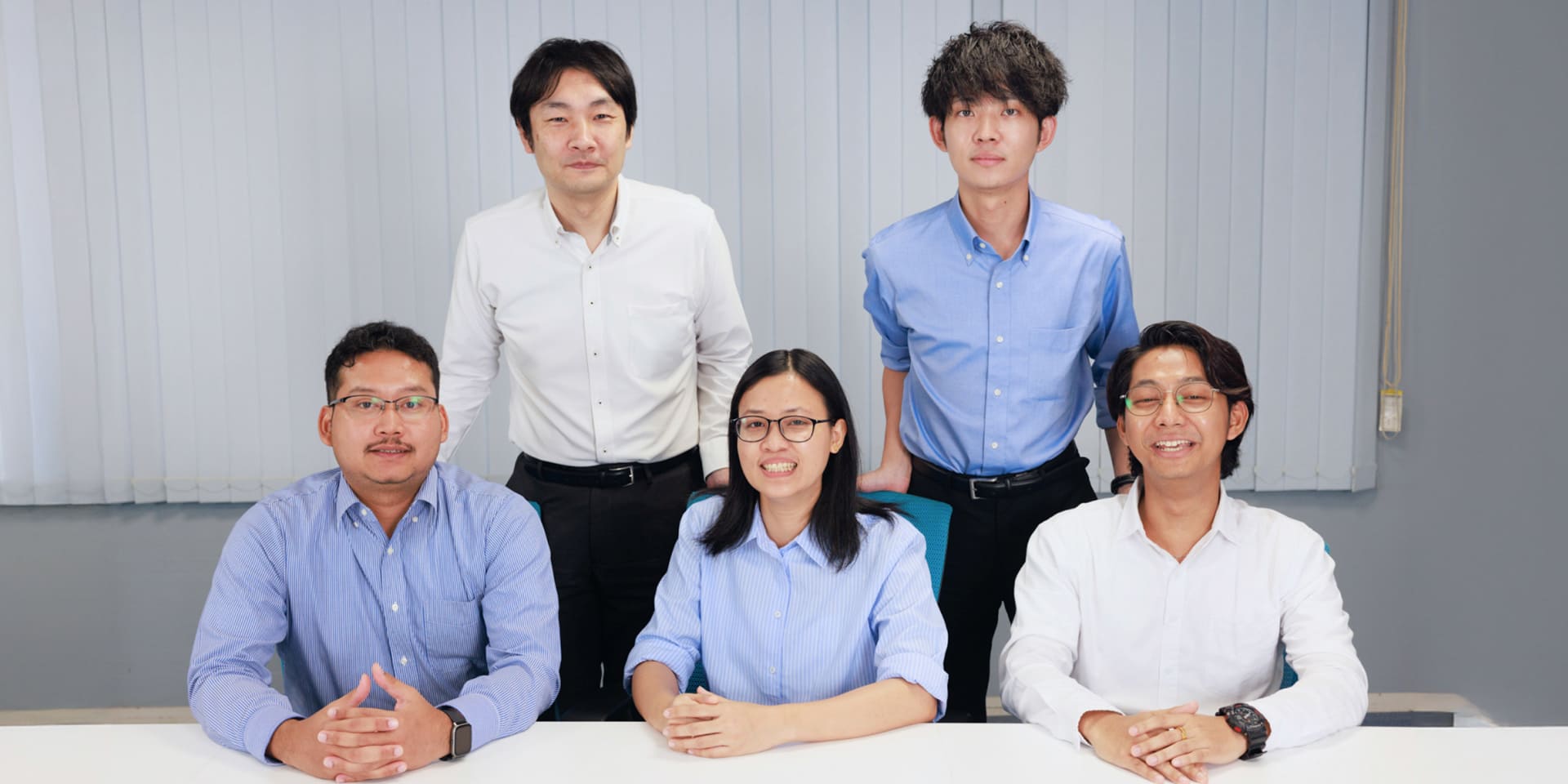
Finally, what are your future goals?

K.N.
This is my second year of designing. I still often ask my boss or senior colleagues what I should do when I get stuck. So I would like to start being able to ask, "This is my idea, what do you think?" I hope to grow into the kind of designer who thinks logically, in my own way, with my own view.

K.H.
Based on my current experience in evaluation testing, I hope to deepen my technical expertise, and become a genuine designer able to come up with unique ideas.

Y.A.
My own career goals and the vision of SMK are aligned. I want to create new value and contribute to society. Also, SMK has a lot of different departments, so it would be good to experience HR or other areas.

W.K.
My goal for the next two or three years is to be a superb engineer in the same department. After that, I would like to try working in an overseas subsidiary with a more global environment, if such an opportunity arises. That might be a good chance to try a new role like sales too!

K.K.
As a group leader, I get a lot of questions and requests for advice. I would like to become better at communicating my own experience.
And then, with so many new technologies emerging, and being increasingly unable to rest on past experience, I hope to keep up with the trend, keep studying, and incorporate this into my work.
See other roundtable discussions
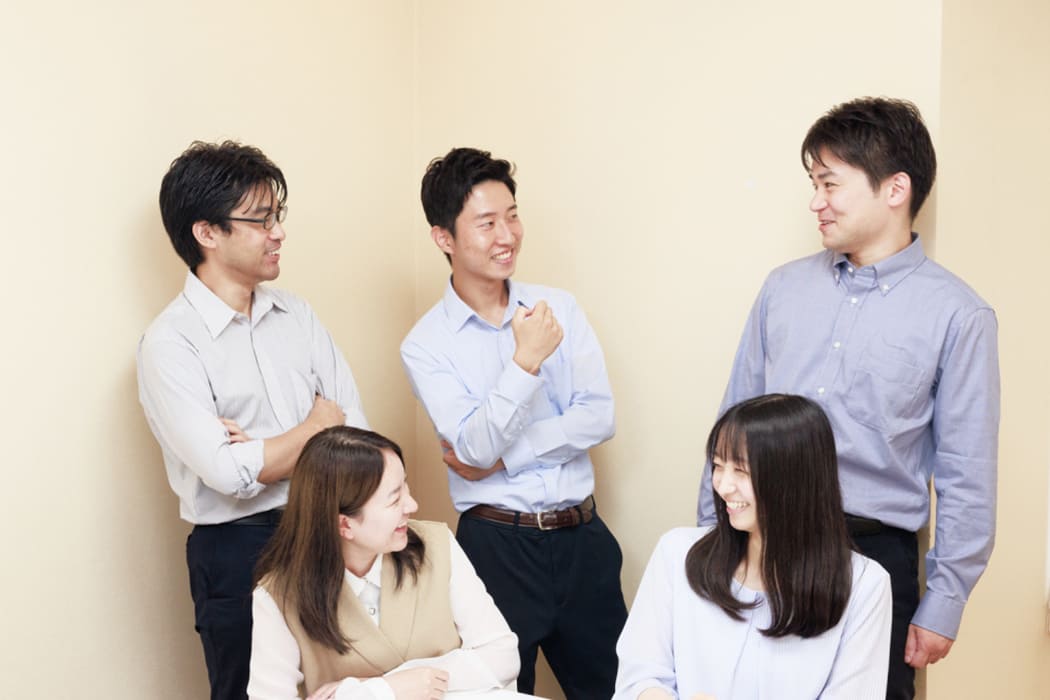
Newly grads × Mid-career Roundtable
Reasons for choosing SMK, and how each sees the company atmosphere